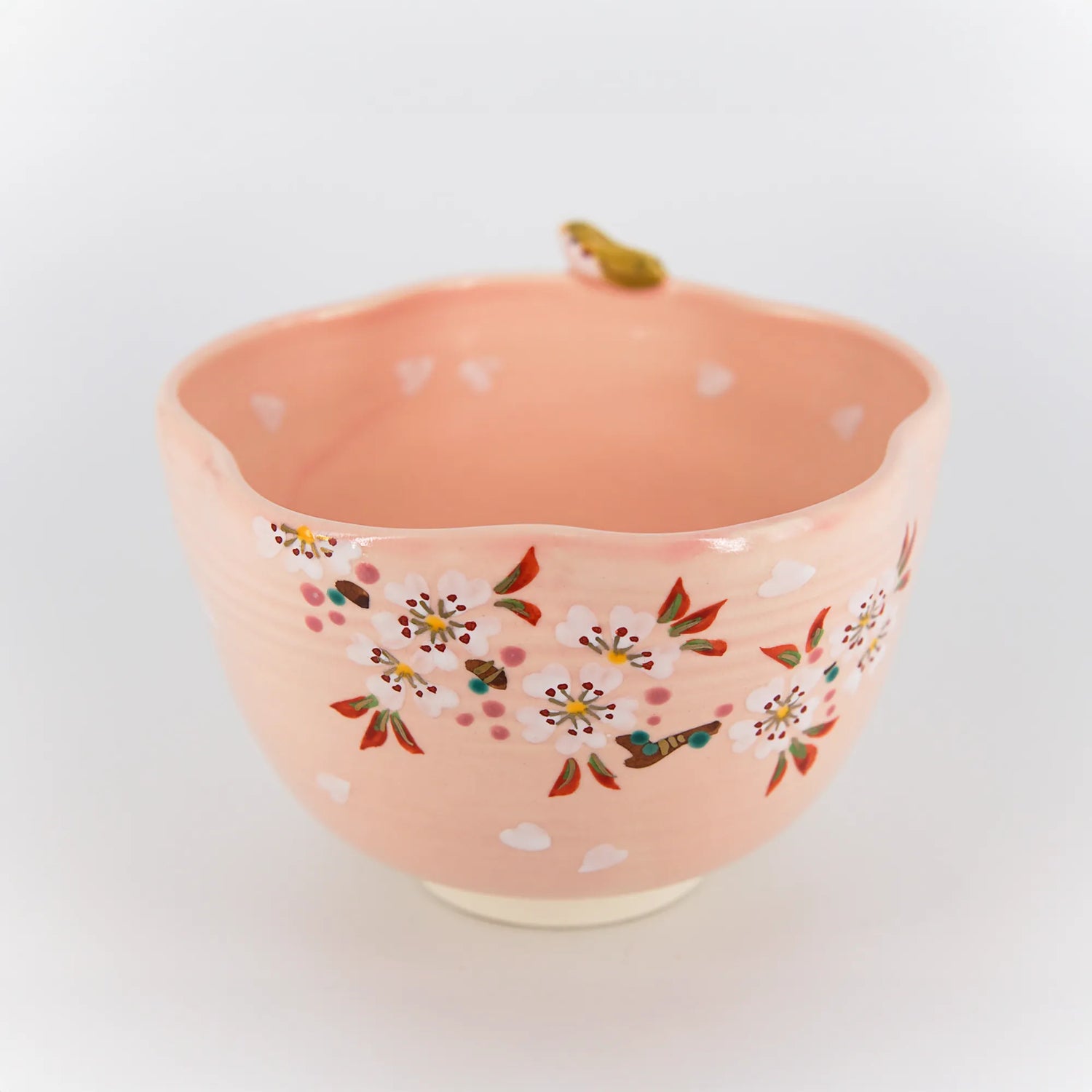Hōmongi – Washable Kimono – Gold Willows & Bridge – Green×Purple Gradient – 153/64/53
Hōmongi – Washable Kimono – Gold Willows & Bridge – Green×Purple Gradient – 153/64/53
No VAT charged. (Kleinunternehmer, § 19 UStG).
Because this is a vintage, second-hand item, returns and exchanges are not available. Thank you for your understanding.
Couldn't load pickup availability
- Dedicated customer support for questions or problems
- Free shipping from €49 (within Germany)
Low stock
View full details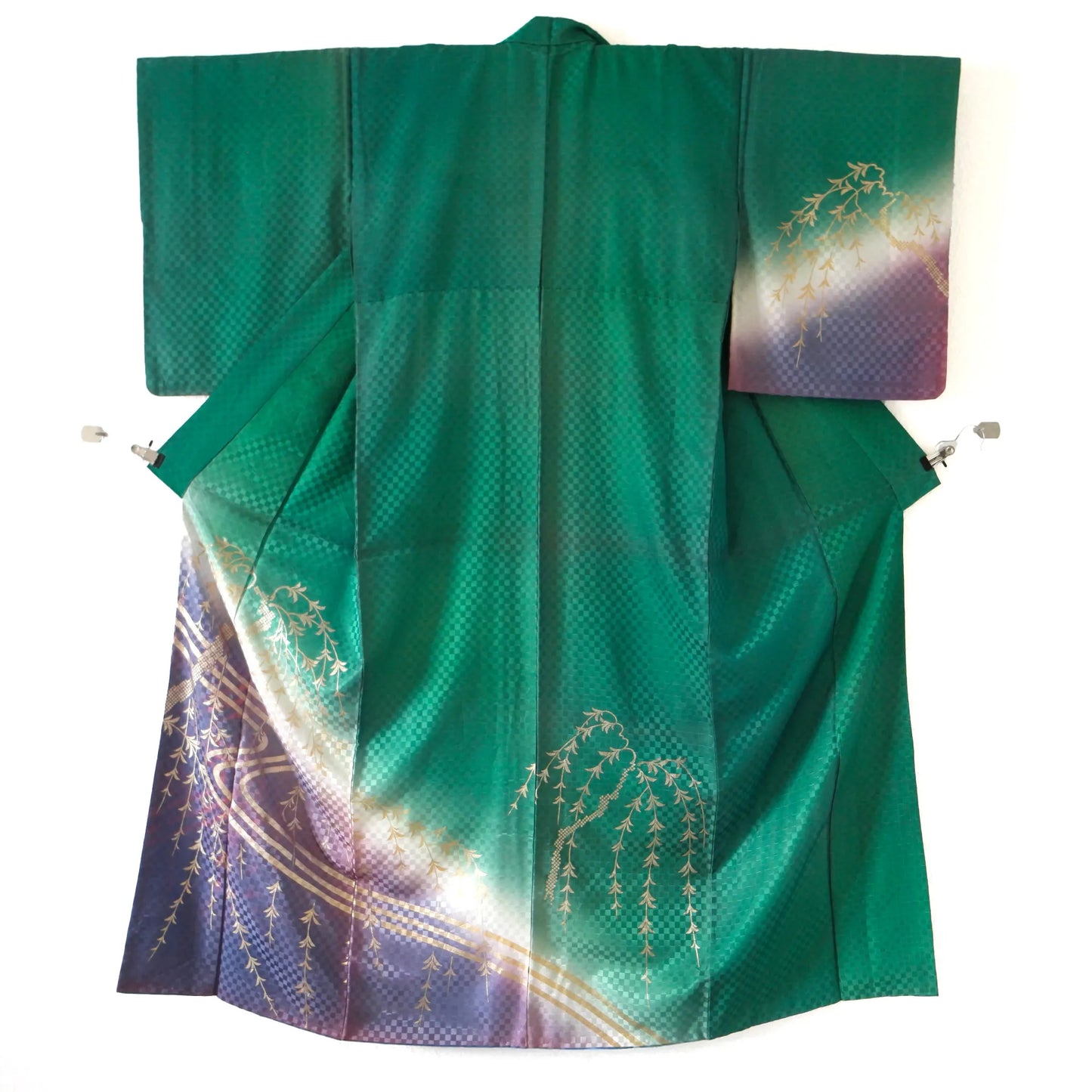
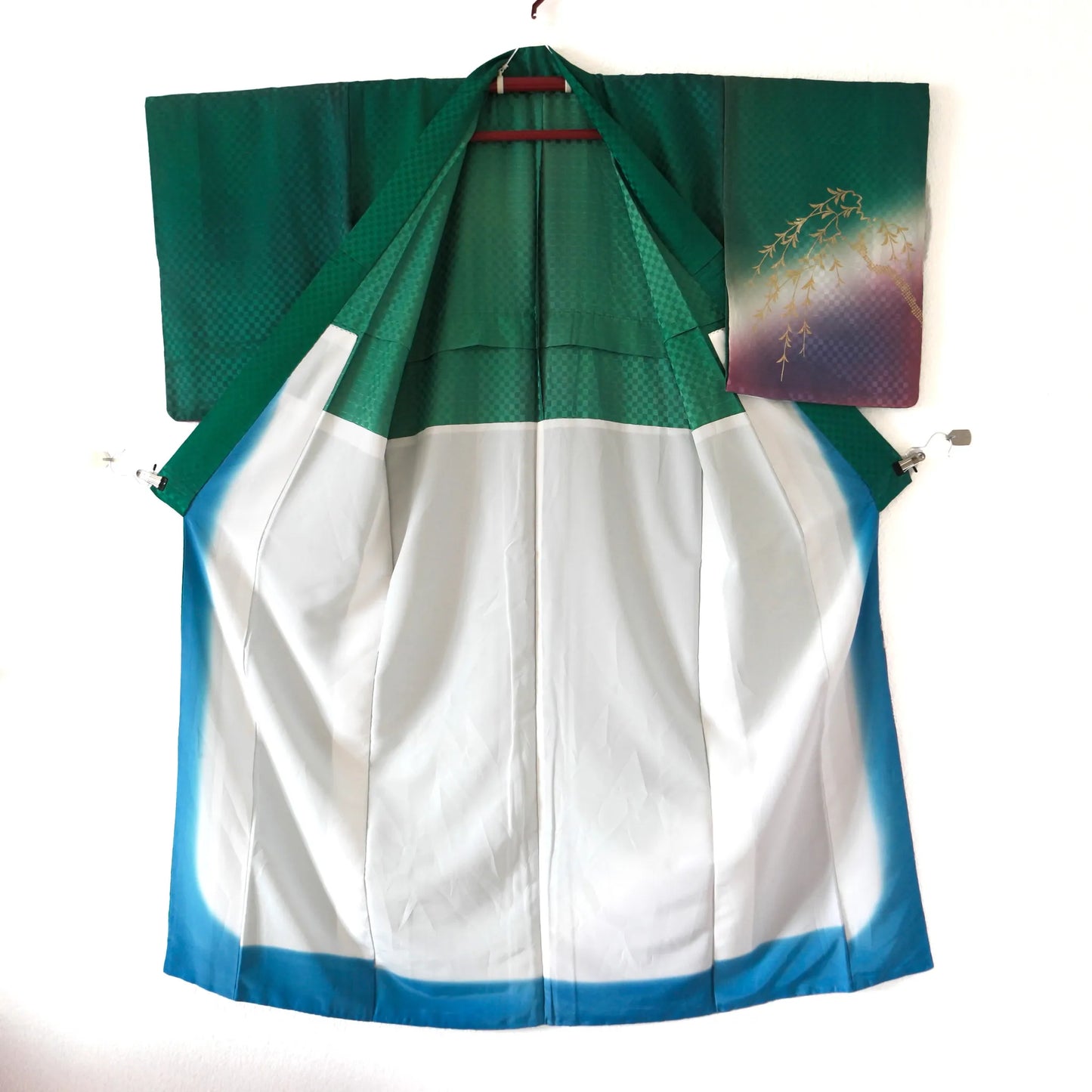
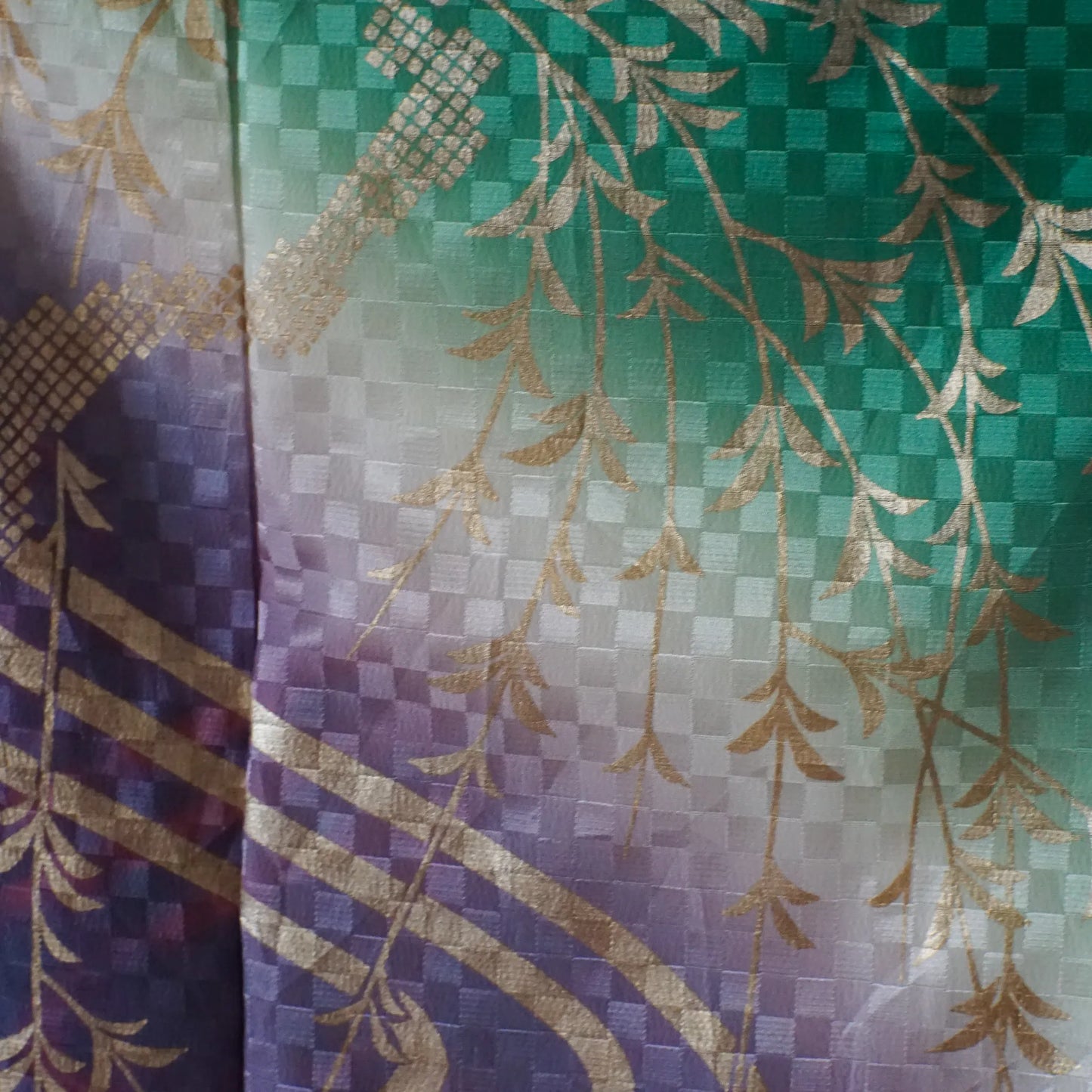
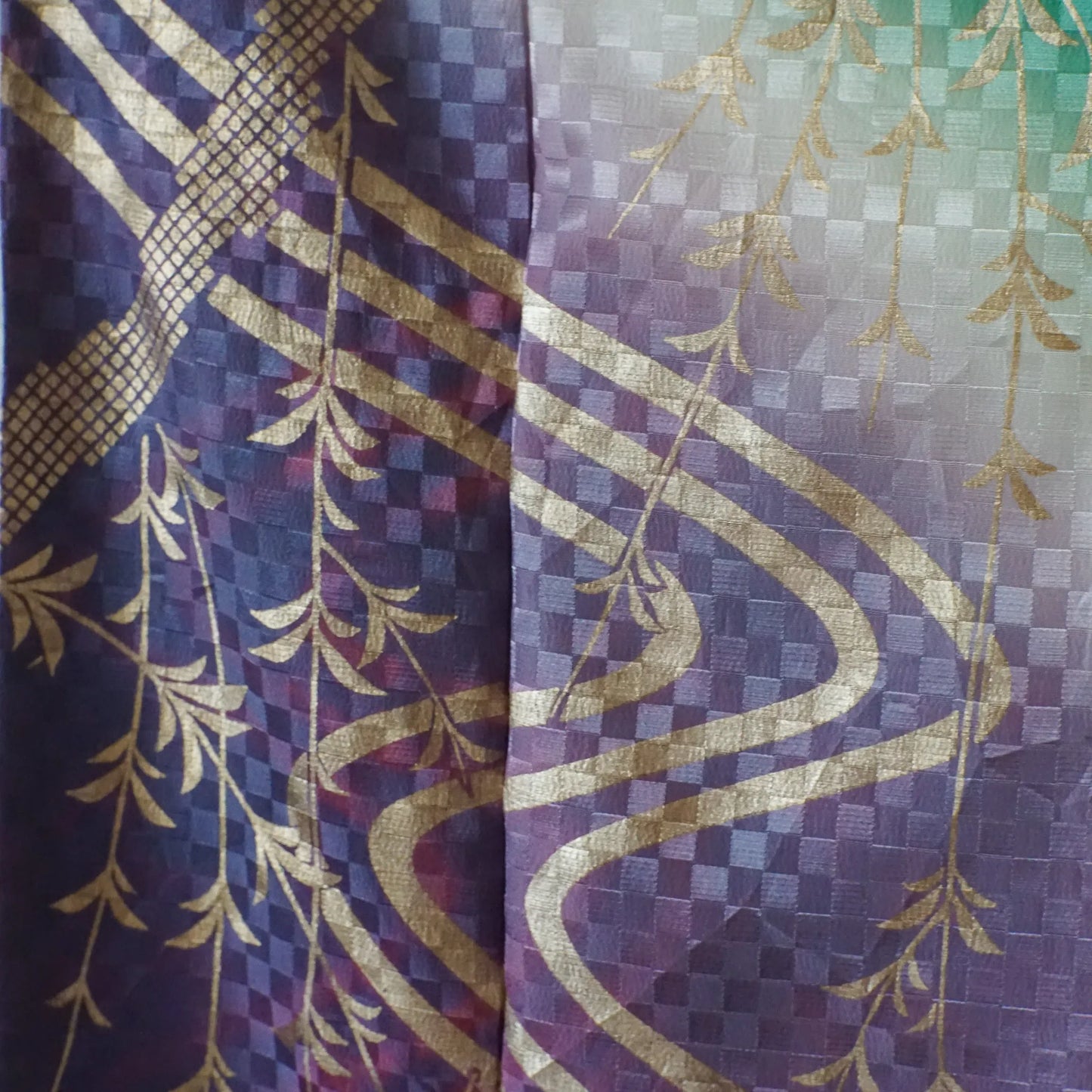
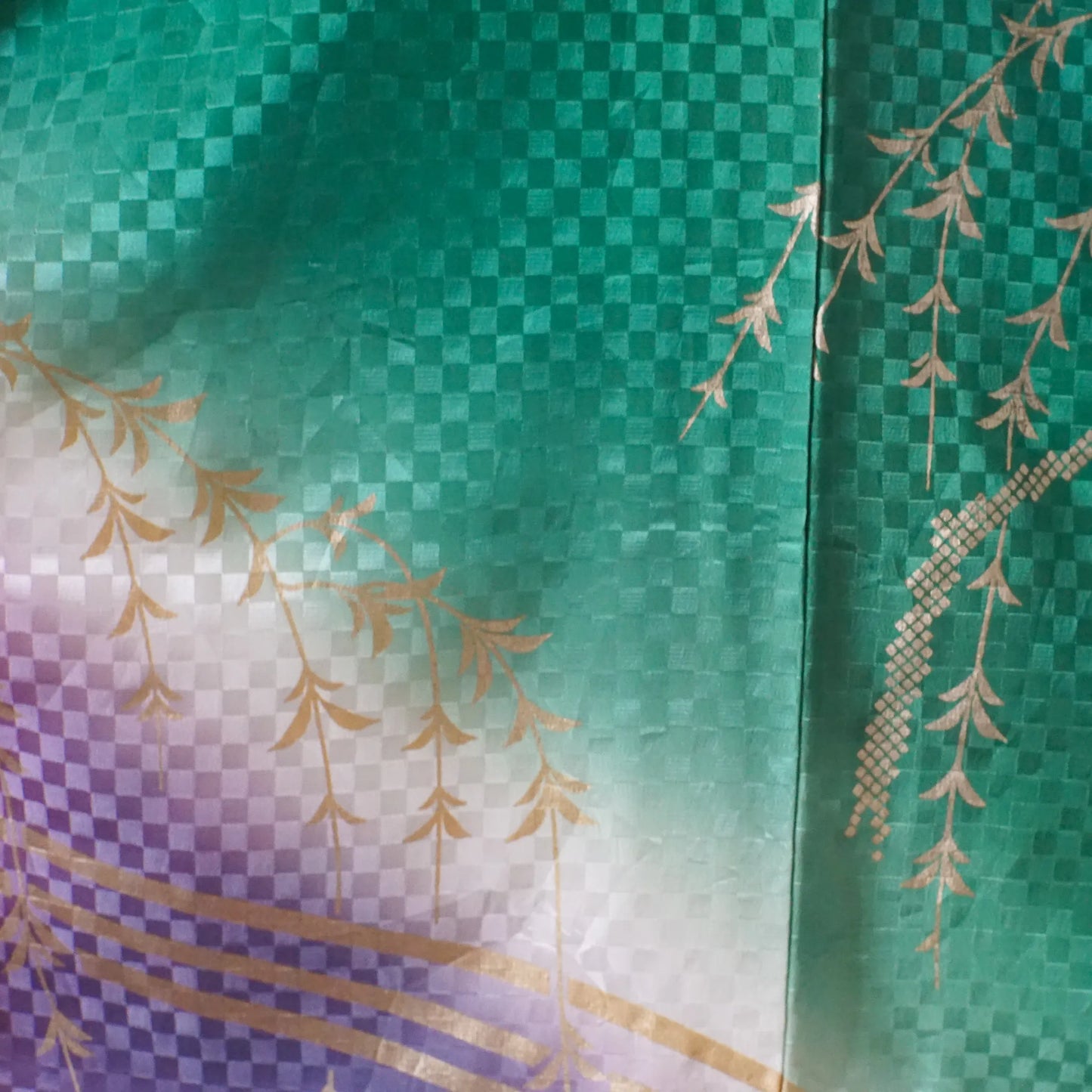
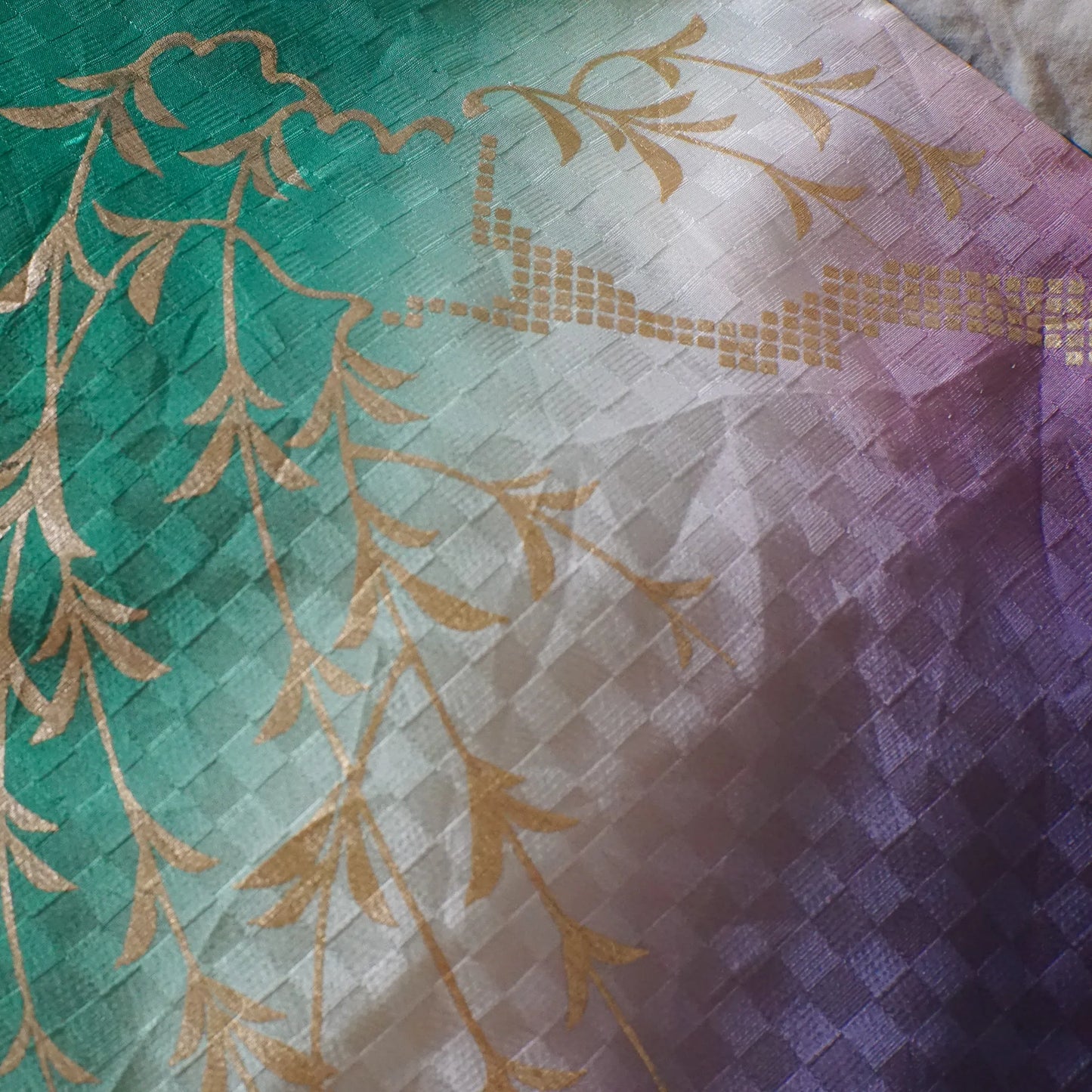
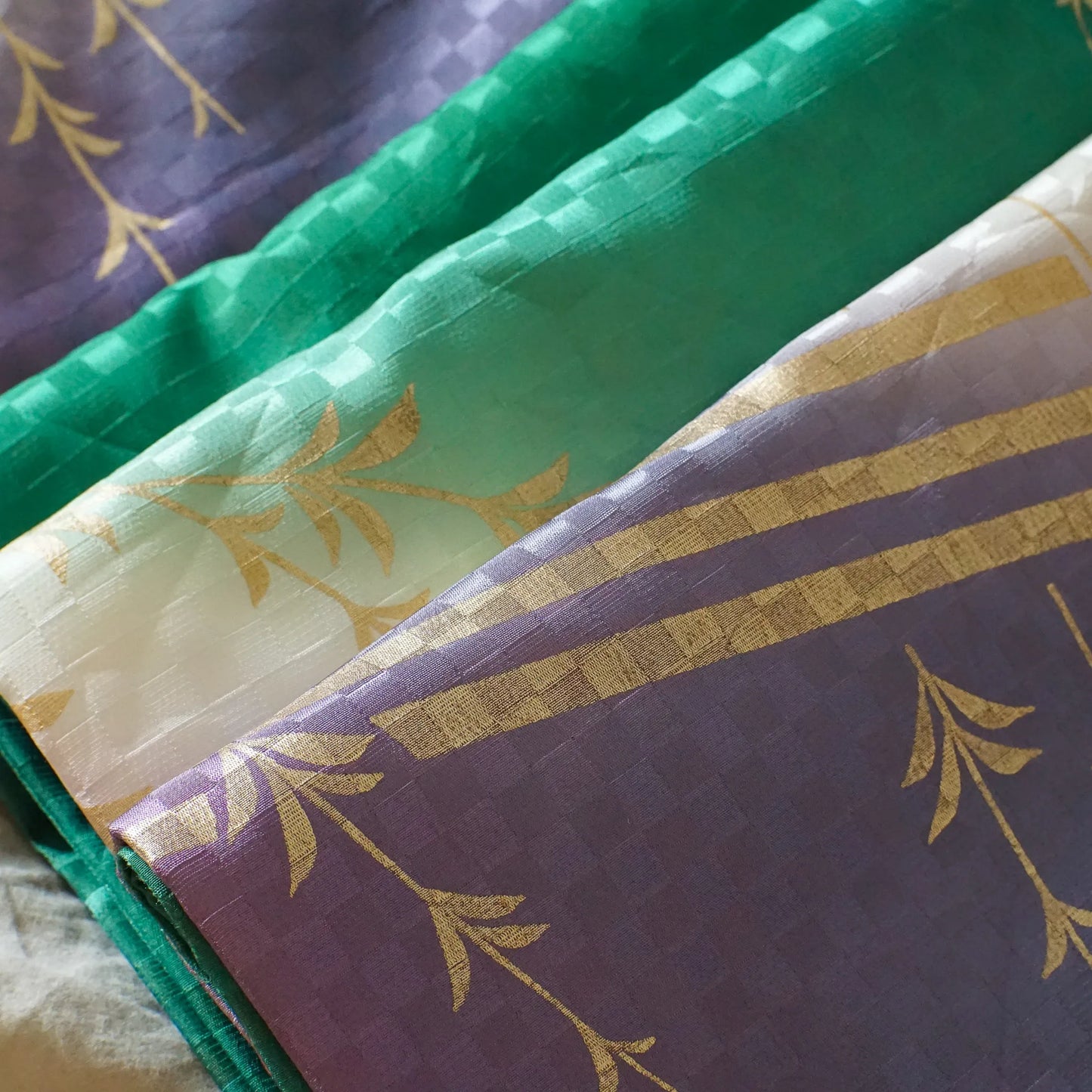
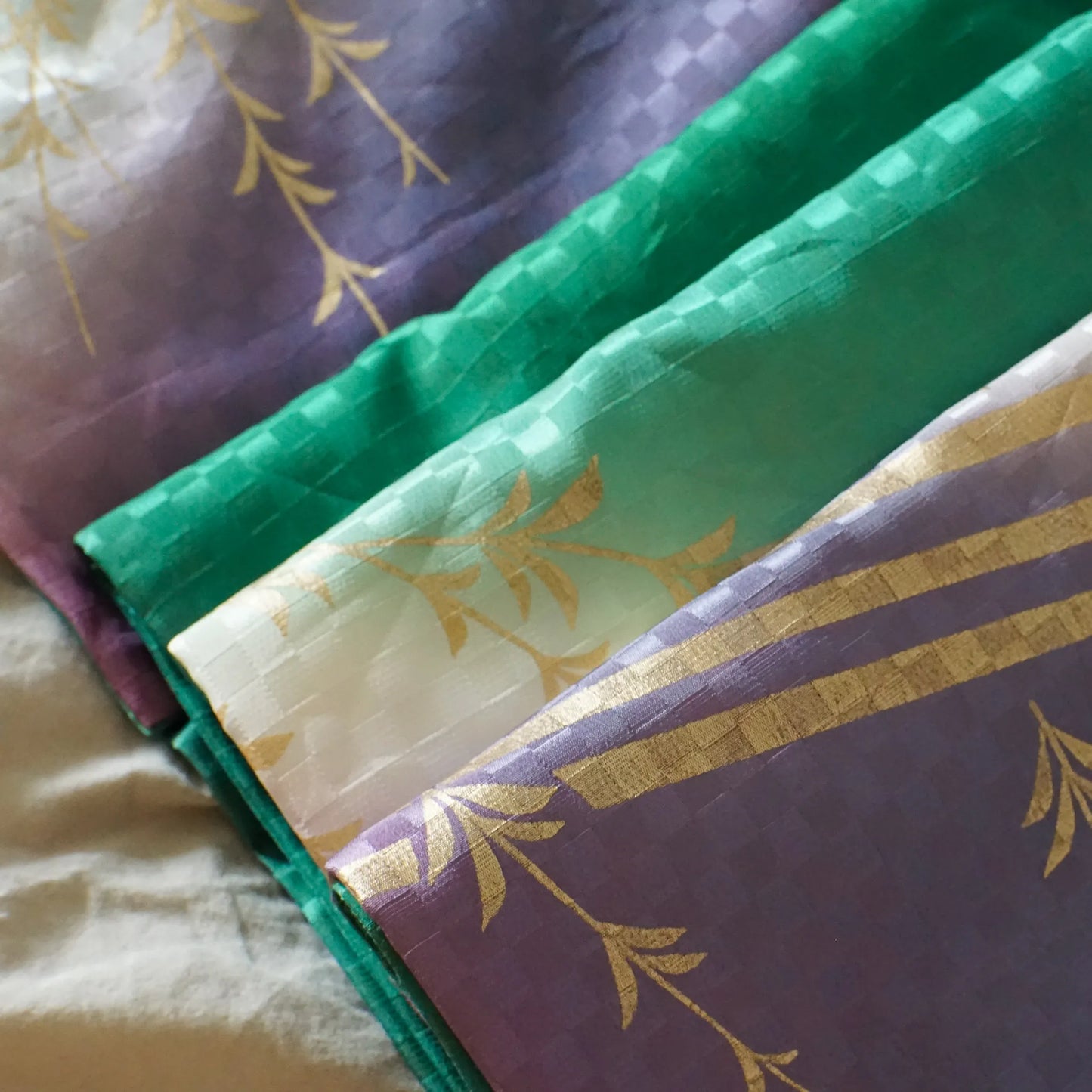
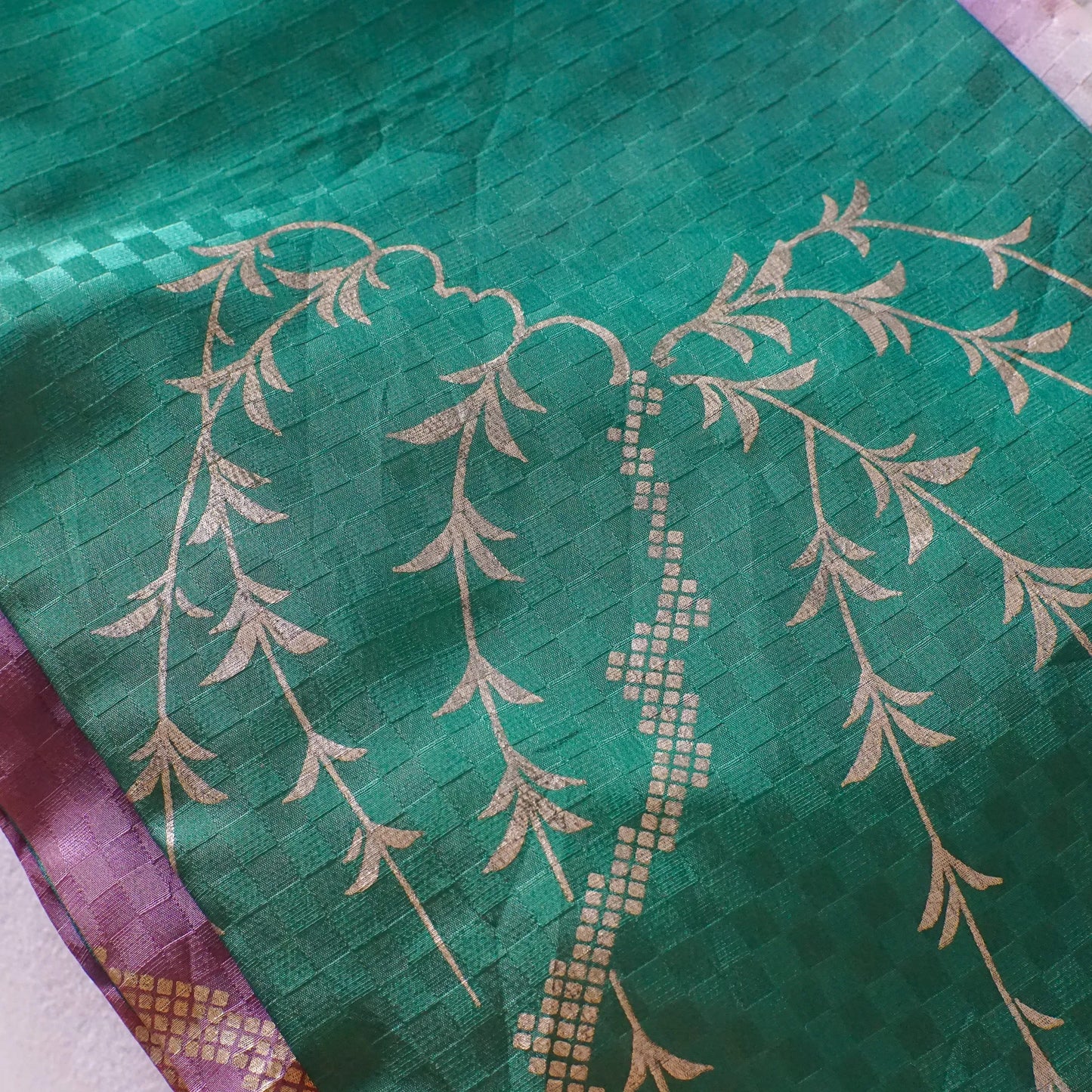
Hōmongi – Washable Kimono – Gold Willows & Bridge – Green×Purple Gradient – 153/64/53
✿ Description
A striking, washable synthetic Hōmongi designed for impact on stage and in photos: a bold, all-gold motif of weeping willows, flowing water, and a symbolic bridge set against a dramatic green→purple gradient. A subtle, checkered rinzu-like texture in the base adds depth and sheen. Unlike typical hōmongi, there is no multicolor detailing—only metallic gold for a clean, graphic statement.
✿ Details
- Type: Hōmongi (訪問着)
- Lining: Half-lined — Dōnuki (胴抜き)
- Collar: Bachi-eri (straight collar)
- Material: Washable synthetic fiber
- Texture: Checkered rinzu-like jacquard
- Design: Gold willows, water & bridge on green→purple gradient
- Origin: Japan
- Condition: Very good — no visible stains or damage
✿ Sizing
| Length (身丈) | 153 cm (from shoulder) |
| Yuki (裄) | 64 cm |
| Sleeve length (袖丈) | 53 cm |
| Sleeve width (袖幅) | 34 cm |
| Back panel (後幅) | 29 cm |
| Front panel (前幅) | 23 cm |
Recommended height (guideline): approx. 148–154 cm.
✿ Recommended For
- Nihon buyō / traditional dance
- Enka or Shamisen performers; stage presenters
- Artistic, statement kimono styling
✿ Color & Care
Machine-wash on delicate in a laundry bag or hand-wash; do not tumble dry. Line dry in shade. Steam lightly from the reverse if needed. Colors may vary slightly due to lighting/screens.
Frequently Asked Questions
How do I know if a kimono will fit me?
Height: Length (身丈) ≈ your height ±5 cm (you adjust length with the ohashori fold).
Yuki (裄): Neck center → wrist bone. The kimono’s yuki should be close (±2 cm usually fine).
Body width: Maehaba (front) + Ushirohaba (back). As a rough guide, this total should exceed half your hip circumference for good overlap.
What do the kimono types mean?
Komon: All-over small pattern; casual to smart-casual.
Iromuji: Solid color; versatile/tea practice; semi-formal.
Tsukesage / Hōmongi: Pattern flows across seams; semi-formal to formal.
Furisode: Long sleeves; formal.
How are conditions graded?
Rank SS: New, never worn.
Rank S: Like new.
Rank A: Minor, hard-to-notice vintage nuances.
Rank B: Small visible age/marks; wearable.
Rank C: Noticeable issues; best for styling/display/projects.
Care: can I wash a kimono?
Silk: Dry clean (kimono-experienced cleaner). Air in shade 1–2 h after wear; avoid direct sun. Light steam from reverse with a press cloth.
Polyester: Gentle/cold cycle in a laundry bag; line-dry in shade; no tumble dry.
Gold/embroidery/yuzen: Avoid rubbing, soaking, high heat.
How to reduce vintage odors?
Air in shade over several days; store with neutral charcoal or deodorizing sachets. Don’t spray perfume directly on silk.
What do I need to wear a kimono properly?
Juban (with han-eri), 3–4 koshihimo, 1–2 datejime, eri-shin, obi-ita.
For nagoya/fukuro obi: add obi-makura, obiage, obijime. Optional: korin belt, small towels for shaping. Footwear: tabi & zōri.
